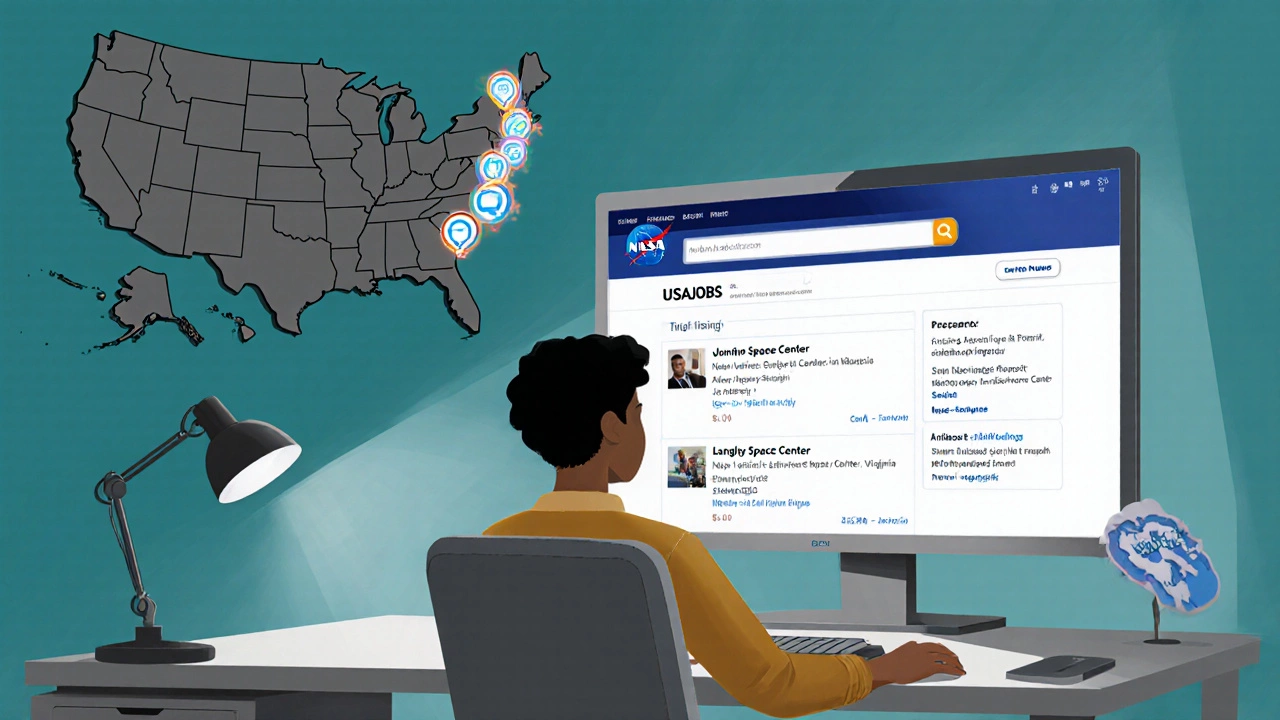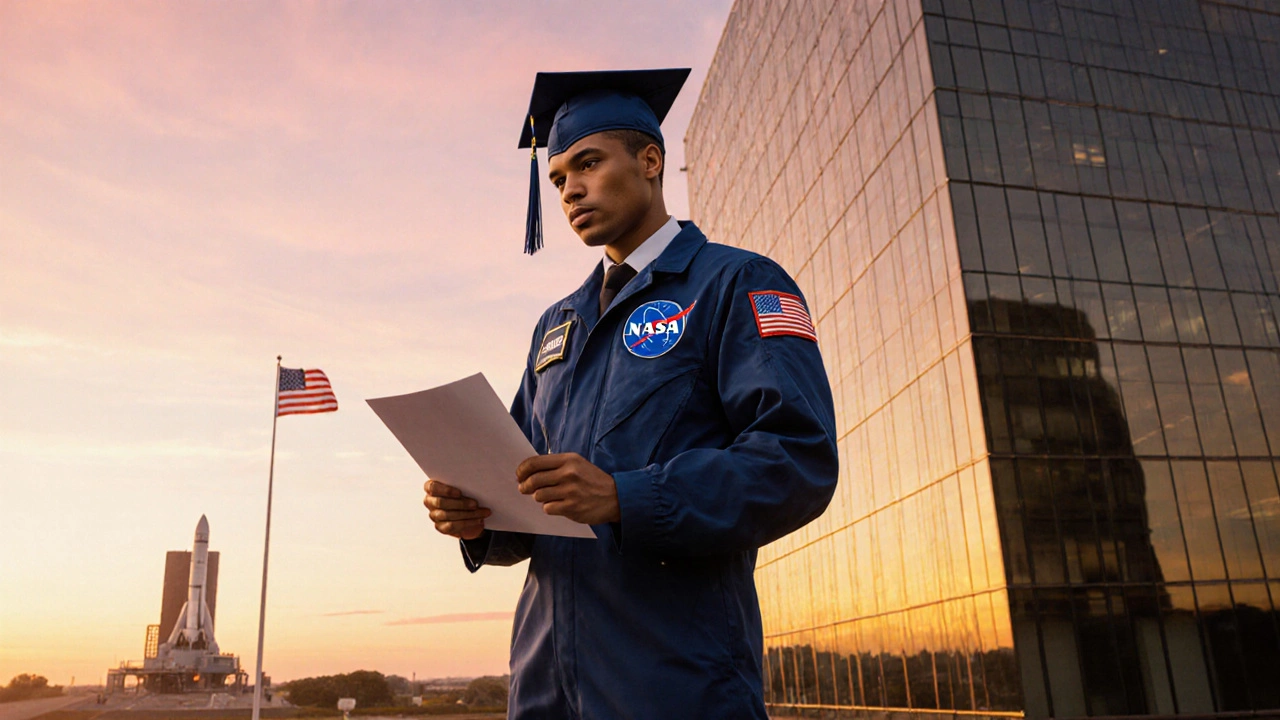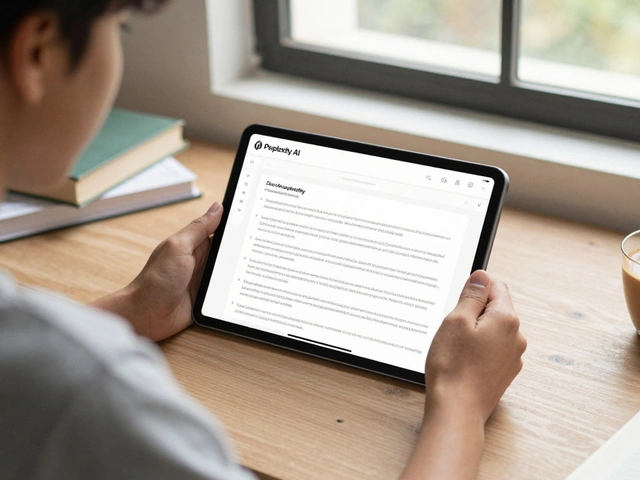NASA Career Path Finder
Find Your NASA Path
Answer these questions to see which NASA career paths match your qualifications.
Dreaming of working among the stars? You’re not alone-every year thousands of students and professionals ask, “How do I join NASA the United States space agency that leads human spaceflight, scientific research, and aeronautics innovation?” Whether you aim to become an astronaut, engineer, researcher, or intern, the path is clearer than you might think. This guide walks you through the main routes, application steps, and insider tips to boost your chances in 2025.
Understanding NASA’s hiring ecosystem
NASA isn’t a single hiring office; it’s a network of centers, programs, and contracts. The biggest hubs include Johnson Space Center in Houston, which runs the astronaut corps, and Langley Research Center, home to aerospace engineers.
Most positions are posted on the official Application Portal (USAJOBS for civil service jobs, NASA's own site for internships). Knowing which portal to use saves time and prevents missed deadlines.
Path 1: Becoming an astronaut candidate
The astronaut track is the most visible, but it’s also the most competitive. Candidates must meet strict Astronaut qualifications, including a bachelor’s degree in engineering, physical science, biological science, or mathematics, at least three years of related professional experience (or 1,000 flight hours for pilots), and exceptional health.
- Education: A STEM bachelor’s is the minimum; advanced degrees improve odds.
- Experience: Flight test, research, or leadership roles in high‑risk environments.
- Physical fitness: Vision, blood pressure, and overall health must meet NASA’s medical standards.
- Citizenship: Must be a U.S. citizen.
Applications open roughly every two years. When the call goes out, you’ll submit a detailed resume, personal statement, and references through USAJOBS. After initial screening, the pool is narrowed to a few hundred, then a series of interviews, medical exams, and psychological assessments.
Path 2: Engineer, scientist, or specialist roles
NASA hires thousands of specialists each year-from propulsion engineers to climate scientists. These positions are generally posted as civil‑service jobs on USAJOBS, and the hiring process mirrors that of other federal agencies.
- Degrees: Bachelor’s in a relevant field; Master’s/PhD are common for research roles.
- Security clearance: Many positions require a secret or top‑secret clearance, especially if working on classified projects.
- Technical skills: Proficiency in programming (Python, C++), modeling tools (MATLAB, Simulink), or hardware design is often listed.
Tailor your resume to the specific job announcement. Use the exact keywords from the posting-NASA’s automated resume scanners look for matches.

Path 3: Internships, fellowships, and the Pathways Program
For students and early‑career professionals, NASA’s internship and fellowship programs are the fastest entry points. The Pathways Program offers paid work‑study opportunities for U.S. citizens and permanent residents that can turn into full‑time positions after graduation.
- NASA Internships: Open to undergraduate and graduate students. Applications usually open in February for summer positions.
- NASA STEM Fellowship: Targets graduate students in STEM fields; provides a stipend and mentorship.
- Co‑op Programs: Available at centers like JSC and Glenn Research Center, allowing you to rotate between school and work.
Keep an eye on the NASA Careers page for exact deadlines. Strong academic performance, relevant project work, and a clear statement of interest are key.
Application process & tips for success
Regardless of the route, the core steps are similar:
- Create a USAJOBS account (or NASA’s direct portal for internships).
- Upload a tailored resume that mirrors the job announcement’s language.
- Write a concise personal statement or cover letter highlighting how your experience meets each requirement.
- Gather references-choose supervisors who can speak to technical competence and teamwork.
- Submit before the deadline. Late applications are automatically rejected.
- If selected, prepare for interviews that may include technical problem‑solving, scenario questions, and for astronaut candidates, medical evaluations.
NASA career prospects improve when you demonstrate continuous learning-online courses, certifications, and participation in NASA‑related competitions (e.g., NASA’s Space Apps Challenge) show initiative.

Common pitfalls and how to avoid them
- Generic resumes: NASA’s applicant tracking system (ATS) filters out resumes that don’t contain required keywords.
- Missing documents: Forgetting to upload transcripts, security clearance forms, or flight logs leads to immediate disqualification.
- Ignoring physical fitness: For astronaut applicants, early health screenings can save months of effort.
- Citizenship requirements: Non‑U.S. citizens can work as contractors but not as civil‑service employees.
Run a final checklist before hitting “Submit” to catch these errors.
Frequently Asked Questions
Can non‑U.S. citizens become NASA employees?
Most civil‑service positions, including astronaut and engineer roles, require U.S. citizenship. However, NASA contracts with partner agencies (e.g., ESA, JAXA) allow foreign scientists to work on specific projects as contractors.
What is the typical timeline from application to hiring?
For civil‑service jobs, the process can take 3-6 months, including resume review, interviews, and security clearance. Internships are shorter-often 2-3 months from application to start date.
Do I need a pilot’s license to apply as an astronaut?
A pilot’s license is optional and only required for those applying to the pilot astronaut track. Most astronaut candidates come from engineering or scientific backgrounds without flight experience.
How competitive is the NASA Pathways Program?
The Pathways Program receives thousands of applications each year. Success hinges on GPA (typically 3.5+), relevant project work, and a clear statement of how you’ll contribute to NASA’s missions.
What should I include in my astronaut personal statement?
Focus on leadership experiences, problem‑solving under pressure, and a lifelong passion for space exploration. Connect specific achievements to NASA’s core values: safety, teamwork, and innovation.
Career track comparison
| Path | Typical Education | Hiring Agency | Duration to Entry | Citizenship Requirement |
|---|---|---|---|---|
| Astronaut Candidate | Bachelor’s (STEM) + advanced degree optional | NASA Johnson Space Center | 2-4 years (including selection process) | U.S. citizen |
| Engineer/Scientist | d>Bachelor’s (preferred master’s/PhD) | Various NASA Centers (Langley, Glenn, etc.) | 1-3 years | U.S. citizen (civil service) or contractor |
| Intern/Fellow | Current student (undergrad/grad) | NASA Internships Office | Few months (summer program) | U.S. citizen or permanent resident |
| Pathways Program | High school diploma + college credit (for apprenticeship) or bachelor’s (for recent grads) | NASA Human Resources | 6-12 months | U.S. citizen |
Choose the route that matches your current stage and long‑term goals. Remember, NASA values curiosity and perseverance as much as technical skill. Keep building your portfolio, stay informed about application windows, and you’ll be on the right trajectory.





